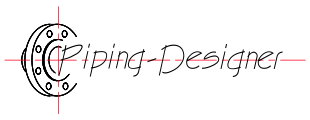Wind Load (Uniform Building Code)
Wind Load (Uniform Building Code) Formula |
||
|
\( F \;=\; A \cdot P \) (Wind Load) \( P \;=\; Ce \cdot C_p \cdot Qs \cdot Iw \) \( Ce \;=\; \dfrac{ P }{ C_p \cdot Qs \cdot Iw }\) \( C_p \;=\; \dfrac{ P }{ Ce \cdot Qs \cdot Iw }\) \( Qs \;=\; \dfrac{ P }{ Ce \cdot C_p \cdot Iw }\) \( Iw \;=\; \dfrac{ P }{ Ce \cdot C_p \cdot Qs }\) |
||
| Symbol | English | Metric |
| \( F \) = Wind Load | \(lbf\) | \(N\) |
| \( A \) = Area of the Object Perpendicular to the Wind | \(ft^2\) | \(m^2\) |
| \( P \) = Wind Pressure | \(lbf\;/\;in^2\) | \(Pa\) |
| \( Ce \) = Combined Height Exposure | \(ft\) | \(m\) |
| \( C_p \) = Pressure Coefficient | \(dimensionless\) | \(dimensionless\) |
| \( Qs \) = Wind Stagnation Pressure | \(mph\) | \(kph\) |
| \( Iw \) = Importance Factor | \(dimensionless\) | \(dimensionless\) |
Wind load requirements outlined in the Uniform Building Code (UBC) define the procedures and parameters for calculating the design forces exerted by wind on a structure. These loads are critical for ensuring a building's stability and resistance to lateral forces and uplift, preventing structural collapse or damage to components like roofs and walls. The code mandates that the structural design must safely and efficiently absorb these wind forces and transfer them to the foundations. The UBC provides tables and methods for determining these factors, with specialized, simplified methods sometimes available for low-rise buildings.

